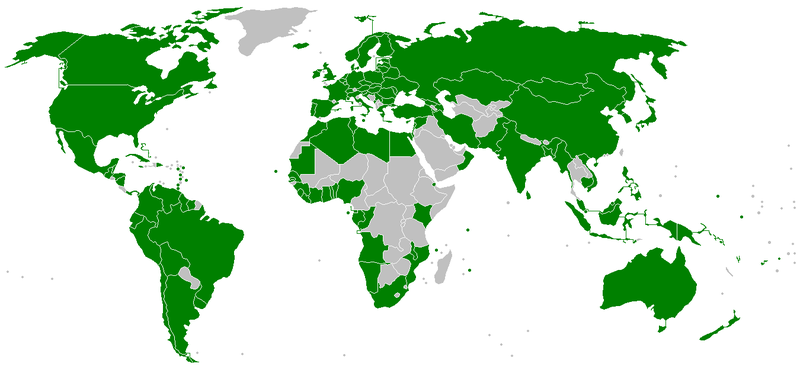-
 Drapery
Drapery
-
 Forsythia
Forsythia
-
 Citric acid cycle
Citric acid cycle
-
 Chyme
Chyme
-
 Trisomy
Trisomy
-
 Widget
Widget
-
 EJP
EJP
-
 Genotype
Genotype
-
 Registrar
Registrar
-
 Okra
Okra
-
 Silicate
Silicate
-
 Keratinocyte
Keratinocyte
-
 Eucalyptus
Eucalyptus
-
 Penumbra
Penumbra
-
 Incense cedar
Incense cedar
-
 Aral sea
Aral sea
-
 Charm quark
Charm quark
-
 Mod
Mod
-
 Ares I
Ares I
-
 Carbon compensation
Carbon compensation
-
 IBA
IBA
-
 Rootkit
Rootkit
-
 Laboratory mouse
Laboratory mouse
-
 Ring of fire
Ring of fire
-
 Hermetic sealing
Hermetic sealing
-
 Curettage
Curettage
-
 Tanne inclusion
Tanne inclusion
-
 Mean anomaly
Mean anomaly
-
 Macrophyte
Macrophyte
-
 Data switch
Data switch
Marpol Convention
Inspired by the events of 1972, with the Stockholm Conference and the London Convention onwaste dumping, the International Convention for the Prevention of Pollution from Ships was adopted in 1973, at the headquarters of the International Maritime Organisation (IMO).
Classification of types of pollution from ships
This convention, called Marpol, from the words MARine POLlution, concerns different types of pollution from ships, organised into annexes, of which only the first two are mandatory:
- Annex I for hydrocarbons;
- Annex II for chemical products;
- Annex III for harmful packaged substances;
- Annex IV for ship sewage;
- Annex V for garbage produced by ships;
- Annex VI for air pollution.
Application and actions of the Convention
This convention follows another, ineffective, 1954 convention on oil pollution (Oilpol). The entry into force of the Marpol Convention was difficult. It took several oil tanker accidents and the 1978 Protocol (which only made Annex II mandatory after three years) for enough countries to ratify the Convention.
The Marpol Convention provides the technical rules and procedures for ship design (double hull for oil and chemical tankers), ship equipment, port procedures, administrative record keeping and performance of inspections.
 Signatory countries of the Marpol Convention, 1973/1978 and 2008. © Jrockley, Wikimedia public domain
Signatory countries of the Marpol Convention, 1973/1978 and 2008. © Jrockley, Wikimedia public domain
Latest
Fill out my online form.



